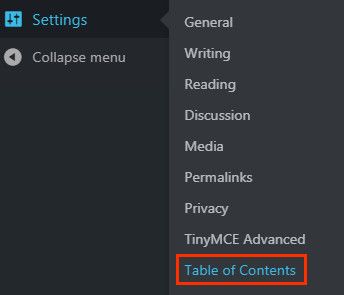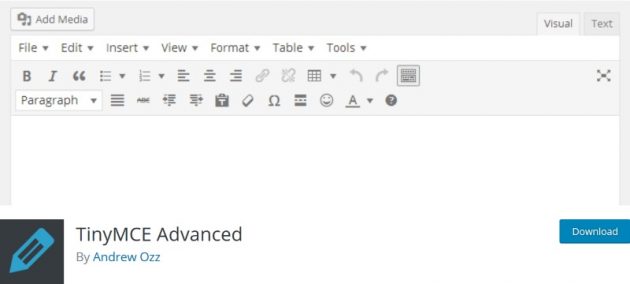
If you want to apply some transition to IDs, you can install plugins like Page scroll to id.

Handling Transition in Anchor Linksīy default, links will take visitors to target section with a sudden jump. Otherwise HTML Anchor field will not be appeared on the Advanced option. The target content will have to be one of a heading tags (h1 to h6). Now, you need to go to the target part where you want your visitors to jump to. Let’s say the hash link is #the_anchor_link just like the image below. Give a hash(#) link to that content but don’t set that to open in a new tab. Select the section that you want to have an anchor link on.

So, today, we will show you how to create anchor links on WordPress without a plugin. You don’t need any third-party plugins for this. You can create anchor links on WordPress Gutenberg editor in two simple steps. How to Create Anchor Links on WordPress Gutenberg Editor

Previously, on Classic Editor, you needed to install an anchor link plugin to do this.

As the default editor has plenty of blocks with the system to add anchor links on their own, creating anchor links does not require third-party plugins. Anchor links can improve the user experience and make navigating long-form content a superbly easy.Īfter the introduction of Gutenberg editor, it became a piece of cake to create anchor links. Anchor links are not a much-talked topic at all. Readers can jump over to the target parts without going through all the details. Anchor links make navigations on pages easier.


 0 kommentar(er)
0 kommentar(er)
